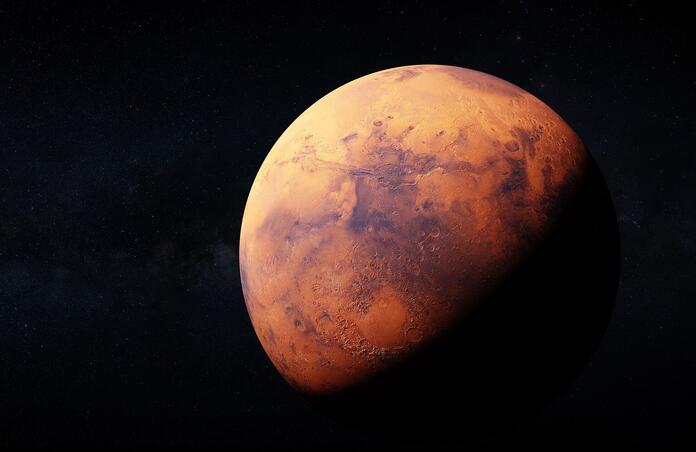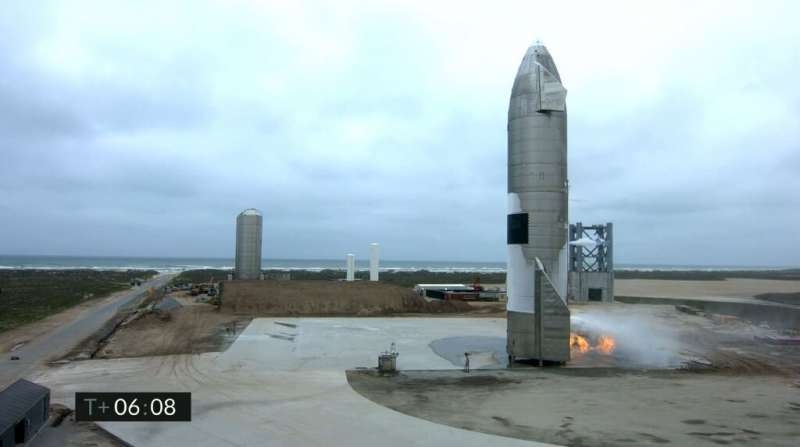The Space Ambitions of China, Russia and USA

In a recent article, I presented private companies’ plans to develop space tourism. National space agencies are also revealing what steps they will take next.

On the 5th May, SpaceX’s “Starship” rocket successfully launched and landed back for the first time in five attempts. During the fourth attempt, the rocket exploded after a hard landing; this time the only issue was a fire at the base due to the methane fuel, which was quickly extinguished with water cannons. This is a milestone not just for the company, but also for NASA, which hopes to use a Starship-like vehicle for its manned Artemis Moon mission. Complaints have been filed against that decision by other companies, notably Jeff Bezos’ Blue Origin. Considering the Outer Space Treaty, the only international space law, effective since 1967, we can note that “The activities of non-governmental entities in outer space […] shall require authorization and continuing supervision by the appropriate State Party” - it is questionable whether Musk’s ambition to colonize and even “nuke” Mars fits within this framework and could be approved by NASA.
At the same time, China has launched the first of three elements for a space station and the rocket used to launch the is expected to fall back somewhere on Earth this weekend. Chinese experts have assured that the uncontrolled re-entry poses no threat to populated areas, yet last year the re-entry of the Y1 mission rocket (the first flight with the same Long March 5B rocket) resulted in debris up to 12m long hitting buildings in the Ivory Coast. The Y2 mission’s rocket’s fall back on Earth is monitored by many countries, including the US where a statement has been issued that doesn’t exclude an intervention to destroy debris threatening populated areas. Luckily our planet’s surface is covered at 70 % by water, as well the re-entering piece might break up into several smaller pieces that get burnt up in the atmosphere. Just in 2020, 32 rocket bodies were left in orbit over our heads, all of which might fall back on Earth in uncontrolled trajectories – 15 pieces are Chinese and 10 pieces are American. The cover image shows debris from a SpaceX Falcon 9 rocket over the city of Vancouver. If we take a look at the Outer Space Treaty again, Article VII states that “Each State Party to the Treaty that launches an object into outer space […] is internationally liable for damage to another State Party”. As T.S. Kelso from CelesTrak (a company tracking objects orbiting Earth) has pointed out, “we all need to do better to stop leaving things in orbit after their intended use, and to find safe ways to remove them” - safety should be favoured over compensation for damage.
Coming back to China’s own space station, Russia has also announced its desire to leave the International Space Station to build its own. The ISS was launched in 1998 as a collaboration between NASA and Roscosmos, and has since hosted astronauts from various countries, according to the Outer Space Treaty’s principle of “promoting international co-operation”. Roscosmos justifies the departure by noticing that the 22-year-old station’s structure is deteriorating which puts cosmonauts at risk. Both the Chinese and Russian station will still have to follow the Outer Space Treatise guidance “All stations, installations, equipment and space vehicles on the moon and other celestial bodies shall be open to representatives of other States Parties to the Treaty on a basis of reciprocity”.
The Outer Space Treaty puts conditions on space agencies' use of space – private companies’ ambitions and China and Russia’s recent actions might challenge these conditions, and recent practices have even put inhabited areas at risk.
Cover Image: A 3D rendering of Mars. PHOTO: GETTY IMAGES
Image Credits:
1 - Starship landing, SpaceX
2 - Long March 5B launchinf the first element of China's space station, CASC
3 - Orbit Visualisation, CelesTrak
